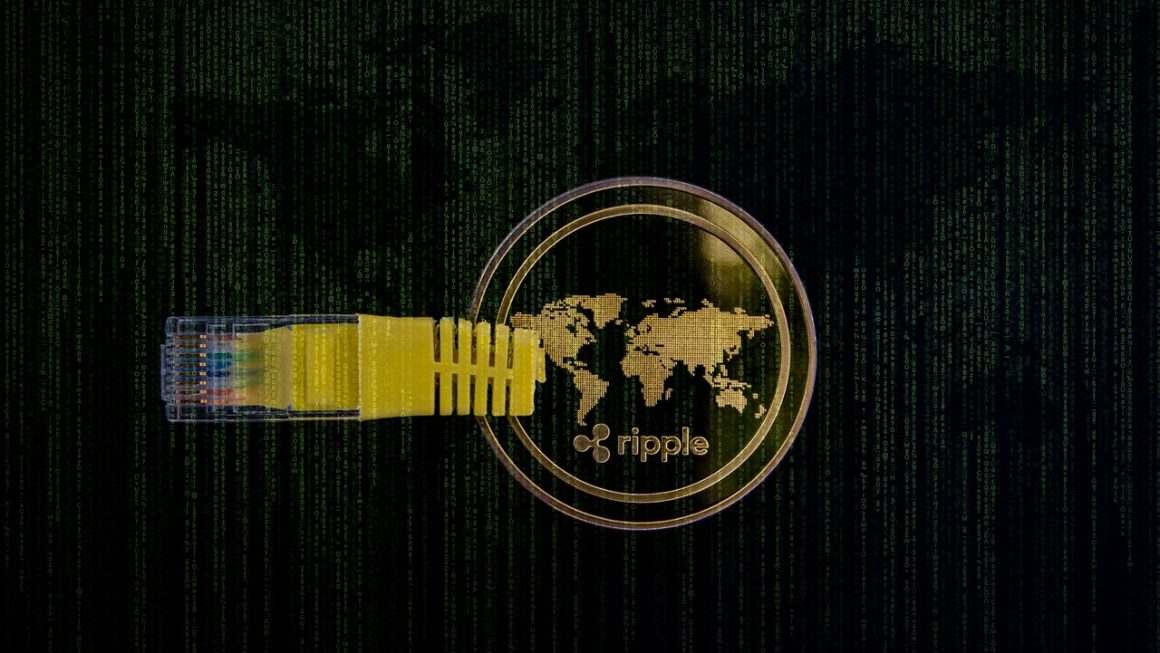Unlocking the Fort Knox of Crypto: Blockchain Security
The burgeoning world of cryptocurrencies and digital assets rests firmly on the impenetrable fortress of blockchain security. This revolutionary technology has transformed the financial landscape, introducing unprecedented levels of data integrity and transaction immutability. In this comprehensive guide, we delve into the multifaceted layers of blockchain security, empowering you to navigate the crypto sphere with utmost confidence.
Blockchain Foundations
Blockchain technology operates on a decentralized, distributed ledger system. This network of interconnected computers maintains a continuous and immutable record of all transactions, creating an inherently secure environment.
Key Principles of Blockchain Security
- Decentralization: Data is stored across multiple nodes, eliminating single points of failure and reducing the risk of malicious attacks.
- Immutability: Once a transaction is recorded on the blockchain, it cannot be altered or reversed, ensuring data integrity and preventing fraud.
- Transparency: All transactions are publicly viewable on the blockchain, fostering accountability and reducing the potential for illicit activities.
Advanced Security Enhancements
The blockchain ecosystem constantly evolves, implementing innovative security measures to safeguard digital assets.
Cryptographic Algorithms
- Hashing: Converts data into a unique fingerprint, providing tamper-proof verification of transactions.
- Digital Signatures: Ensures the authenticity and integrity of messages by using asymmetric encryption.
Consensus Mechanisms
- Proof-of-Work (PoW): Requires miners to solve complex mathematical problems to validate transactions, increasing security by making it computationally expensive to attack the network.
- Proof-of-Stake (PoS): Selects validators based on their stake in the network, incentivizing honest behavior and promoting network stability.
Smart Contract Security
- Auditing and Verification: Rigorous scrutiny of smart contracts before deployment to identify vulnerabilities and minimize risks.
- Formal Verification: Uses mathematical methods to prove the correctness and security of smart contracts, providing a higher level of assurance.
Practical Security Considerations
User Security Best Practices
- Strong Passwords: Utilizing unique, complex passwords for all crypto-related accounts is crucial to prevent unauthorized access.
- Two-Factor Authentication (2FA): Implementing 2FA adds an extra layer of security by requiring a second form of verification, such as a code sent to your phone.
- Secure Storage of Private Keys: Private keys should be stored securely in hardware wallets or reputable exchanges to protect them from theft or compromise.
Exchange Security Measures
- KYC and AML Compliance: Reputable exchanges implement Know-Your-Customer (KYC) and Anti-Money Laundering (AML) measures to prevent fraudulent activities.
- Cold Storage and Firewalls: Exchanges often store the majority of funds in cold storage, isolated from internet connections, and utilize advanced firewalls to protect against cyberattacks.
- Regular Security Audits and Updates: Exchanges regularly conduct security audits and implement software updates to address potential vulnerabilities and maintain optimal security standards.
Conclusion
Blockchain security is a multi-faceted, ever-evolving realm that safeguards the integrity of digital assets. By understanding the foundational principles, advanced enhancements, and practical security considerations outlined in this guide, you can navigate the crypto landscape with confidence. Remember, vigilance and adherence to best practices are paramount in protecting your digital assets from malicious actors. Embrace the security features inherent in blockchain technology and unlock the full potential of the crypto revolution.



